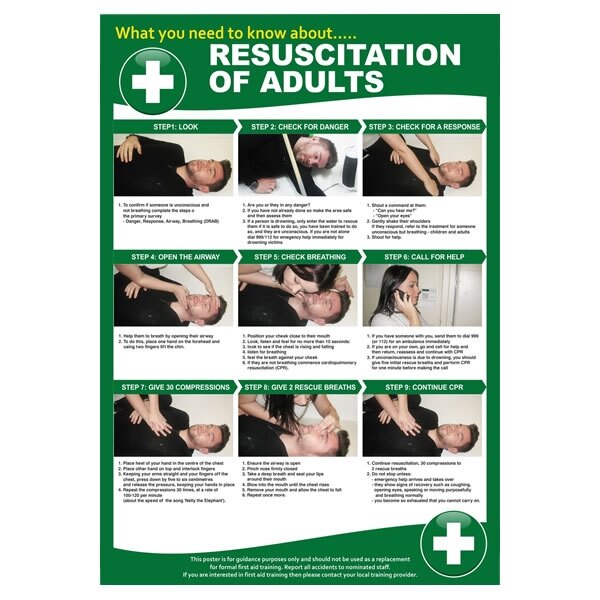CPR is widely taught as a critical life-saving skill. It’s fast, effective, and often the first thing people think to do in an emergency. But while CPR has the power to restore life in many cases, there are situations where performing it may be unsafe, ineffective, or even inappropriate.
Yes—it might surprise you, but there are moments when the right decision is not to act.
Understanding the 5 situations when you do not perform CPR is just as important as knowing how to do chest compressions or rescue breaths. It’s a part of responsible, well-rounded emergency response training.
In this article, we’ll walk you through when not to perform CPR, why it matters, and what to do instead.
Do You Always Perform CPR? Not Quite.
CPR is meant to assist someone who is unresponsive and not breathing normally. But there are rare, specific situations where CPR should not be performed—and making that call requires both awareness and calm judgment.
If you want to learn more about the scenarios that make CPR inappropriate, this detailed guide on the 5 situations when you do not perform CPR is a great place to start.
Let’s explore what they are below.
What Happens When You Perform CPR When You Shouldn’t?
Administering CPR without assessing the situation correctly can lead to:
- Physical harm to the victim (such as broken ribs)
- Legal or ethical violations (especially in cases with DNRs)
- Risk to your own safety
- Unnecessary trauma for families or bystanders
Sometimes, the most helpful thing you can do is not begin CPR—especially when it won’t make a difference or could put you or others at greater risk.
How to Recognize the 5 Situations When You Do Not Perform CPR
Here’s what to look out for.
- There’s a Valid DNR (Do Not Resuscitate) Order
If the person has a legally recognized DNR, it’s a clear instruction to withhold CPR in the event of cardiac arrest. This is commonly chosen by individuals in hospice or with terminal conditions.
Attempting CPR despite a DNR may violate their end-of-life wishes—and could have legal implications if ignored.
- The Person Shows Obvious Signs of Death
Certain indicators mean it’s already too late for CPR to help. These include:
- Rigor mortis (body stiffness)
- Lividity (blood pooling under the skin)
- Visible decomposition
- Severe trauma that is clearly fatal (e.g., decapitation)
In these cases, CPR will not work and shouldn’t be started.
- The Scene Is Unsafe
Before helping someone, always ask: is this scene safe for me to enter?
If there are live electrical wires, hazardous materials, fire, or ongoing violence, performing CPR could put your own life at risk. You should only assist once trained professionals have secured the environment.
- The Person Is Breathing or Has a Pulse
If someone is still breathing normally or has a heartbeat, CPR isn’t needed. It may even cause harm if given unnecessarily.
Instead, monitor the individual, call emergency services, and place them in the recovery position if needed.
- CPR Would Cause More Harm Than Good
In certain situations—such as terminal illness, hospice care, or catastrophic injuries—CPR may not only be ineffective but also prolong suffering.
Sometimes, providing comfort, privacy, and emotional support is more appropriate than resuscitation.
What to Do Instead
If any of the above signs are present:
- Call 911 immediately
- Avoid CPR if the scene is unsafe or the person is not a candidate
- Stay nearby and monitor the situation
- Communicate clearly with emergency responders when they arrive
Final Thoughts: Good CPR Starts With Good Judgment
CPR is an incredible skill—but knowing when not to perform it is a critical part of being prepared. When you understand the 5 situations when you do not perform CPR, you’re empowered to make better decisions, protect yourself, and respect others’ wishes.
Sometimes, the strongest action is knowing when to stand still.

